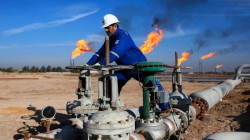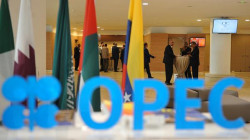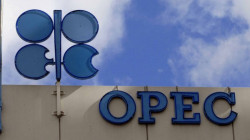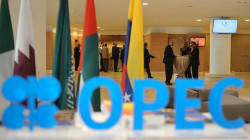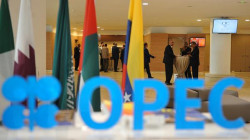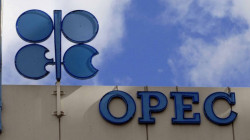OPEC+ crude production down in April on disruptions in Iraq, Nigeria
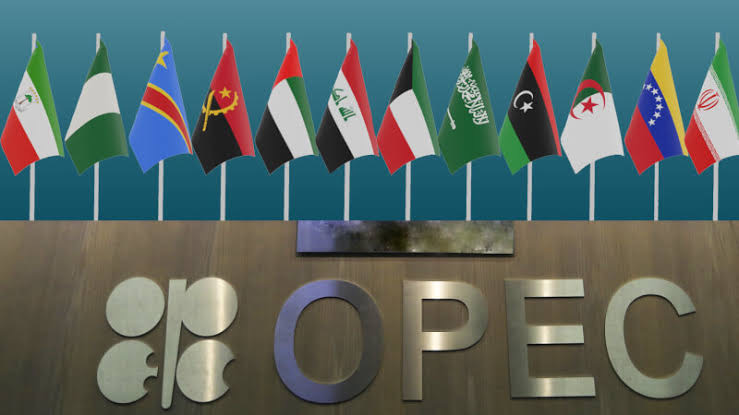
Shafaq News/ OPEC and its allies pumped 380,000 b/d fewer barrels of crude oil in April compared to March, according to the latest Platts survey by S&P Global Commodity Insights, as Iraq was unable to export its northern production, while Nigeria suffered major outages.
OPEC's 13 members produced 28.60 million b/d, down 370,000 b/d, the survey found. Meanwhile, its non-OPEC allies led by Russia saw output drop by 10,000 b/d to 13.39 million b/d.
Russian production -under the microscope due to western sanctions- held steady in the month at 9.60 million b/d, despite government claims it had implemented a voluntary 500,000 b/d cut from February levels in April.
From May, OPEC+ production is likely to drop further, after several other countries introduced their own extra voluntary production cuts.
Saudi Arabia, Russia, Iraq, the UAE and a few other members plan to add reductions totaling some 1.66 million b/d from May until the end of 2023, citing gloomy economic forecasts. Those will be on top of a 2 million b/d cut shared by all OPEC+ members since last November.
The alliance's lower April production means it continues to massively undershoot its quotas. The 19 members with quotas were a collective 2.583 million b/d below their targets -- a shortfall that has grown in each of the last four months.
OPEC+ ministers are next due to meet June 3-4 to review production policy, with many analysts expecting a tight market in the second half of the year.
Iraq, Nigeria outages
OPEC output fell significantly primarily due to disruptions in Iraq and Nigeria that more than offset gains in Angola and Saudi Arabia.
Nigerian output fell 250,000 b/d to 1.18 million b/d, the survey found, after industrial action from ExxonMobil's in-house workers' union over April 17-27 affected four crude grades -- Erha, Qua Iboe, Usan and Yoho. The April volume was Nigeria's lowest since November.
Production in Iraq fell by 290,000 b/d to 4.10 million b/d, the lowest in 20 months, due to the shutdown of a key pipeline to the Turkish port of Ceyhan after an international arbitration ruling.
Talks between Baghdad and Ankara to resolve the impasse, which has forced many operators in Iraq's semi-autonomous Kurdistan region to halt production, have yet to yield any breakthrough.
In Angola, the completion of maintenance at the Dalia field led to an 80,000 b/d recovery, while Saudi Arabia, the OPEC+ alliance's largest producer, boosted exports, pushing production to 10.50 million b/d, the survey found.
OPEC members Iran, Libya and Venezuela are exempt from quotas.
Russian recovery
The largest non-OPEC producer Russia maintained output at its March level, with export volumes still robust and refining runs holding relatively steady, according to the survey.
That was despite claims by Deputy Prime Minister and key OPEC+ negotiator Alexander Novak that Russia reached its target of cutting 500,000 b/d from February levels in April, in an attempt to support Russian crude values and stabilize deliveries.
The cut followed the introduction of price caps and EU import bans on most Russian crude and oil products, as part of Western sanctions imposed in response to the invasion of Ukraine.
Output was steady among other non-OPEC producers, apart from a slight drop in production in Azerbaijan, which continued to see declines at legacy Caspian fields.
